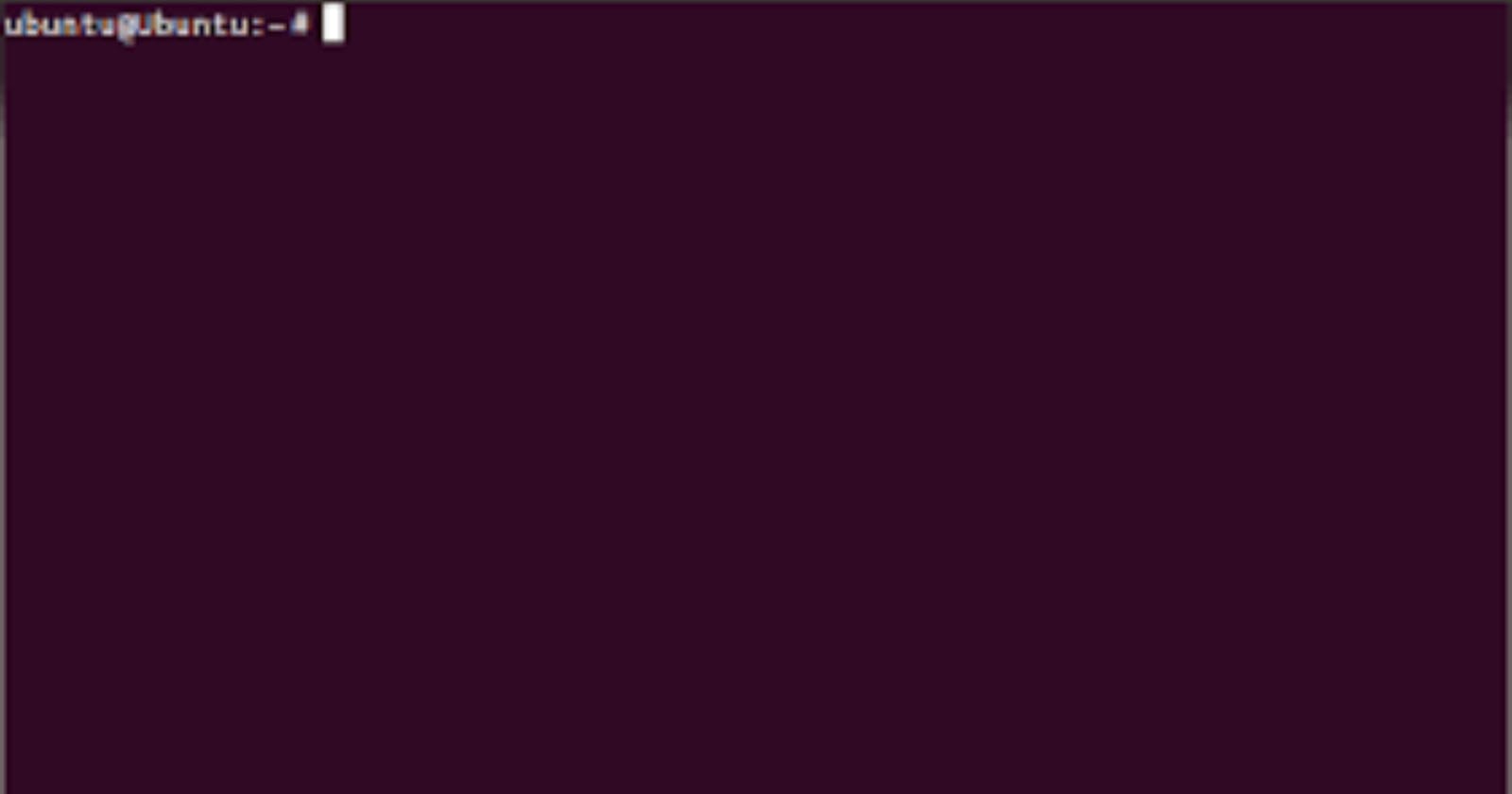Here's a list of basic Linux commands along with a brief description of each:
ls: List files and directories in the current directory.
Example: ls
cd: Change directory.
Example: cd /path/to/directory
pwd: Print working directory (displays the current directory path). Example: pwd
mkdir: Make directory (create a new directory).
Example: mkdir new_directory
rm: Remove files or directories.
Example: rm filename (to remove a file)
Example: rm -r directory_name (to remove a directory recursively)
cp: Copy files and directories.
Example: cp source_file destination_file (to copy a file)
Example: cp -r source_directory destination_directory (to copy a directory recursively)
mv: Move or rename files and directories.
Example: mv old_filename new_filename (to rename a file)
Example: mv source_file destination_directory (to move a file)
cat: Concatenate and display the content of files.
Example: cat filename
touch: Create an empty file or update file timestamps.
Example: touch filename
grep: Search for patterns in files.
Example: grep pattern filename
chmod: Change file permissions.
Example: chmod permissions filename
chown: Change file owner and group.
Example: chown user:group filename
sudo: Execute a command as the superuser (root).
Example: sudo command
apt-get (or apt): Package management tool for Debian-based systems to install, update, and remove software packages.
Example: sudo apt-get install package_name
yum: Package management tool for Red Hat-based systems to install, update, and remove software packages.
Example: sudo yum install package_name
wget: Download files from the internet.
Example: wget url
man: Display manual pages for commands.
Example: man command
df: Display disk space usage.
Example: df -h
du: Display directory space usage.
Example: du -h
top: Display Linux processes.
Example: top
